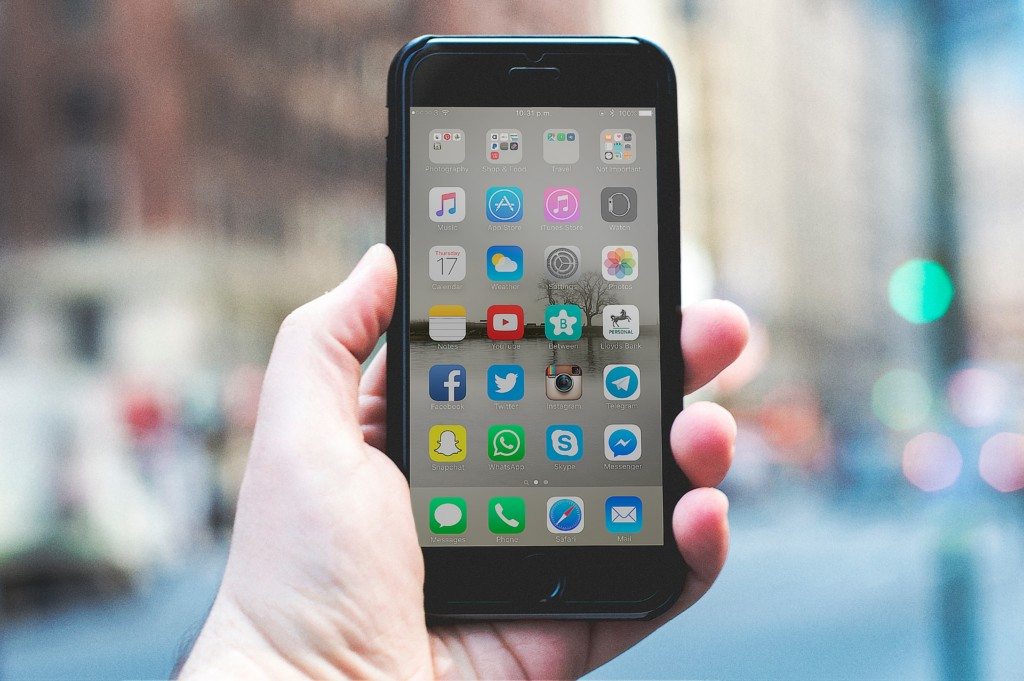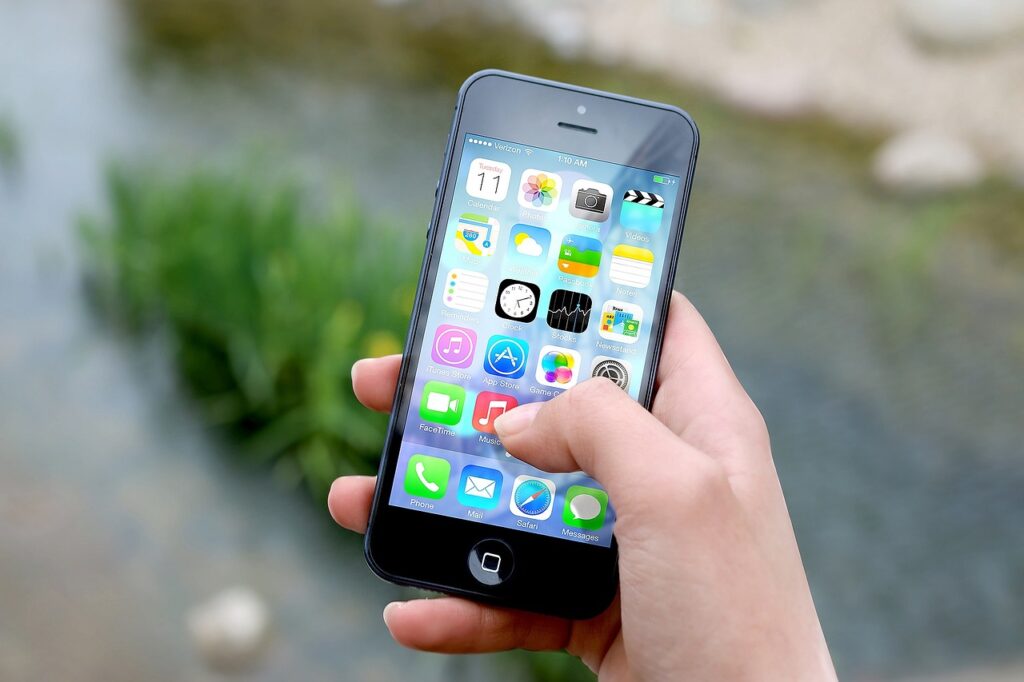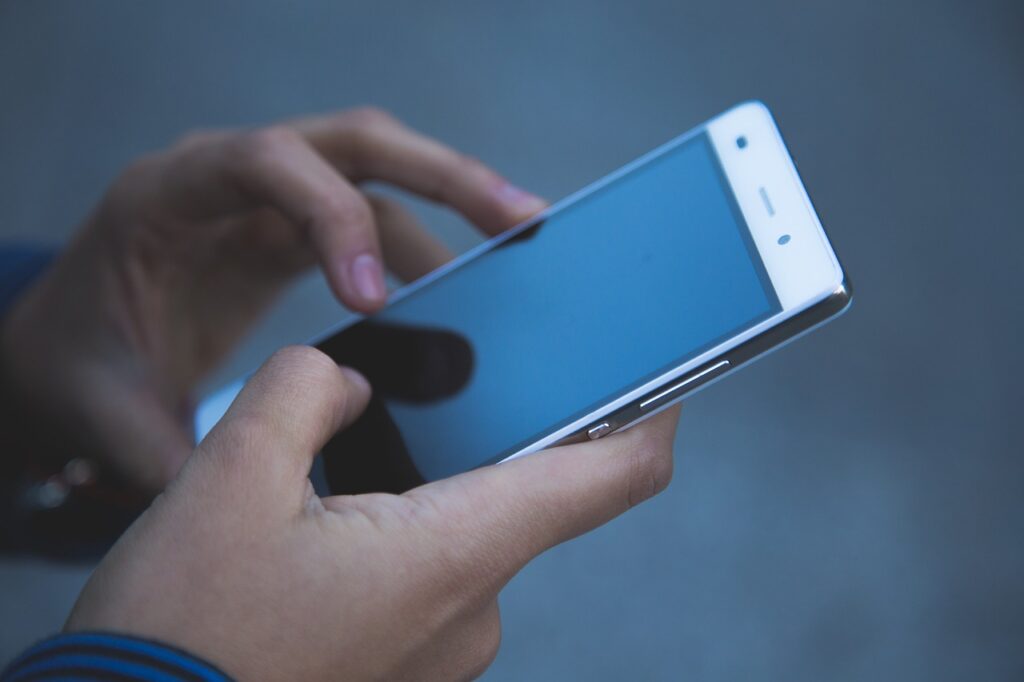Apple and Qualcomm are at war, but Apple is dangerously close to looking like the bully who complains about his victim’s violence because the bully’s knuckles are bloody. “Look what that guy’s face did to my hand!”
The base cause of the dispute is that Apple has been unable to increase revenues by growing volume and has had to resort to increasing prices instead—and their efforts to increase margins have largely resulted from pounding their suppliers to reduce costs. These suppliers mostly folded with Qualcomm being the most visible exception. So, while complaining that Qualcomm had too much power, Apple has effectively cut off a massive amount of Qualcomm’s revenue, showcasing what looks like an excessive amount of power by Apple instead. Fortunately, Qualcomm is more diverse in terms of revenue sources so they are surviving this impressively well but that also points to Apple’s lack of revenue diversity (only one of their diversity problems) as a problem.
Add to this claims that Apple must use Qualcomm’s technology while Apple is allegedly designing out that same supposedly critical technology and Apple has the beginnings of what could be a significant credibility problem in the courts. But the real issue is that Apple is increasingly putting iPhone users in the cross hairs of their actions and that never ends well.
Let me explain.
BlackBerry Mistake
We’ll go back nearly a decade to when BlackBerry was having issues with IP (intellectual property) and was being sued for infringement. Instead of being clear that this company would protect customers, it instead effectively held those customers hostage claiming a loss would put them, mostly government employees, at risk. Instead of ensuring a win, they lost. They set up for what was nearly a complete purge of their customer base as a massive number moved to Apple and Google alternatives. While this clearly wasn’t the only mistake they made, it was arguably the most damaging in terms of breaching loyalty and setting the foundation for a mass competitive exodus (and a new executive team).
The lesson here is you don’t muck with your customers.
Designing Out Qualcomm
So, is the Qualcomm technology that Apple says is so critical actually critical or not? If it is critical and this battle is—which is what Apple is saying—denying iPhone customers from this critical tech, then they are putting their customers at risk for no reason. Now Apple does have a choice, they can still pay their invoices from Qualcomm and continue to get support, or they can do what they are doing and not pay and not get support. The litigation would continue regardless but one path keeps Apple’s customers safe and the other puts them at risk—a risk Apple is arguing in court claiming it is unacceptable.
Now the reason Apple isn’t paying is to pressure Qualcomm to settle out of court, but taking a path that makes customers collateral damage should be unacceptable to Apple’s leadership and certainly those using Apple’s products. Apple buyers expect—particularly since they are paying a premium—that Apple products will perform better than adequately, but if Apple is choosing a path that prevents that those buyers are likely to be disappointed and there is an increasing chance those buyers will then choose a different firm eventually, depending on the pain they experience.
Degrading Experience
Now what should be happening is that Apple phones should be having greater trouble connecting, greater trouble staying connected, battery life issues, and bandwidth performance issues due to a lack of Qualcomm support. But, because users only use one phone at a time, they likely will accept most of these performance problems as endemic to the network and not uniquely tied to their phones unless people point out the problems.
Qualcomm is motivated to do this if only to put pressure back on Apple but runs the risk of getting the blame if they do it too overtly. Up until recently Qualcomm has been pulling its punches specifically not to upset Apple users but with the financial drag Apple is causing the firm they have recently changed tactics and appear to be taking the gloves off.
This suggests that very shortly iPhone 8 and X users will begin to see just how much this lack of support is hurting their new expensive smartphone’s performance and that should slow sales and increase returns for the related products. It may be at the heart of reported problems with both the 8 and the X at the moment.
Wrapping Up: Lock In
The lock-in model that Apple uniquely uses which makes switching to an Android based offering painful does work to hold customers for a time when the firm eventually takes them for granted. But, as IBM found out in the late 1980s and early 1990s, customers will eventually revolt and once gone they will not come back easily. Apple’s aggressive litigation tactics and willingness to cut off payments to Qualcomm showcases an impressive amount of aggressiveness, but putting Apple customers in the mix and allowing them to become collateral damage is ill-advised and may come back to haunt the company later.
The BlackBerry rule that Apple is forgetting is that when you have loyal customers you prioritize protecting them. Using them as cannon fodder instead rarely, if ever, ends well.
- The Human Element: HP’s Latest Security Report and My Near-Miss with a Digital Predator - July 11, 2025
- The Mighty Mini: Why HP’s Z2 Mini G1a Workstation Is the Unsung Hero of AI Development - July 7, 2025
- The HP OmniBook X Flip 2-in-1 16-Inch: Your New Digital Swiss Army Knife (Now in Glorious Atmospheric Blue) - June 25, 2025




Wonderful !
apprecitaed